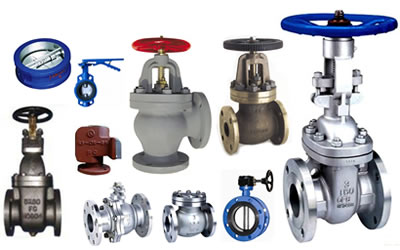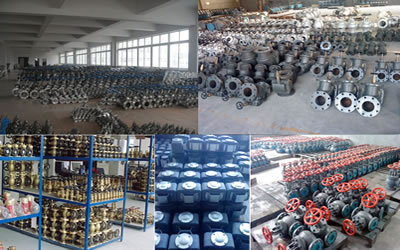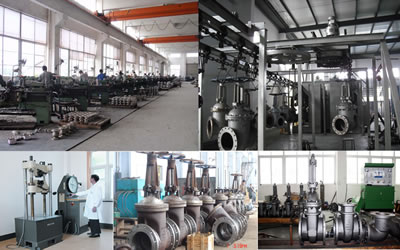Foreship: One Third of Shipping Will Choose Scrubbers
Up to 30% of commercial shipping will gravitate back to high sulphur fuel oil by 2030, engineering consultancy Foreship believes.
With just over 100 ships running on LNG today, the number in service is likely to be significantly below 500 by 2020 when the International Maritime Organization’s (IMO) 0.5% sulphur cap on marine fuels comes into force.
At the same time, while the 0.1% fuel sulphur content limit inside emissions control areas has brought 1,500 scrubber installations, yard capacity could only grow that number to 3,000-4,000 by 2020. Most ships will run on 0.5% sulphur content HFO to meet the cap, Foreship informed.
Post 2020, 0.5 % sulphur content fuel will be blended from distillates and HFO of up to 2.5% sulphur content, Foreship Head of Machinery Department, Olli Somerkallio, explained.
Higher sulphur HFO (HSHFO) can be used as a marine fuel where scrubbers are installed, but could also be a substitute fuel in gas powerplants in former Soviet countries, or a coal substitute. This will change the pricing dynamic of HSHFO: to compete with coal, prices would have to be relatively low. The implication is that HSHFO will return to favour as a marine fuel after the dust settles.
“We have faced and overcome a broad range of installation challenges, including the fact that scrubbers eat into the revenue-earning space required for passengers or freight,” Somerkallio concluded.





